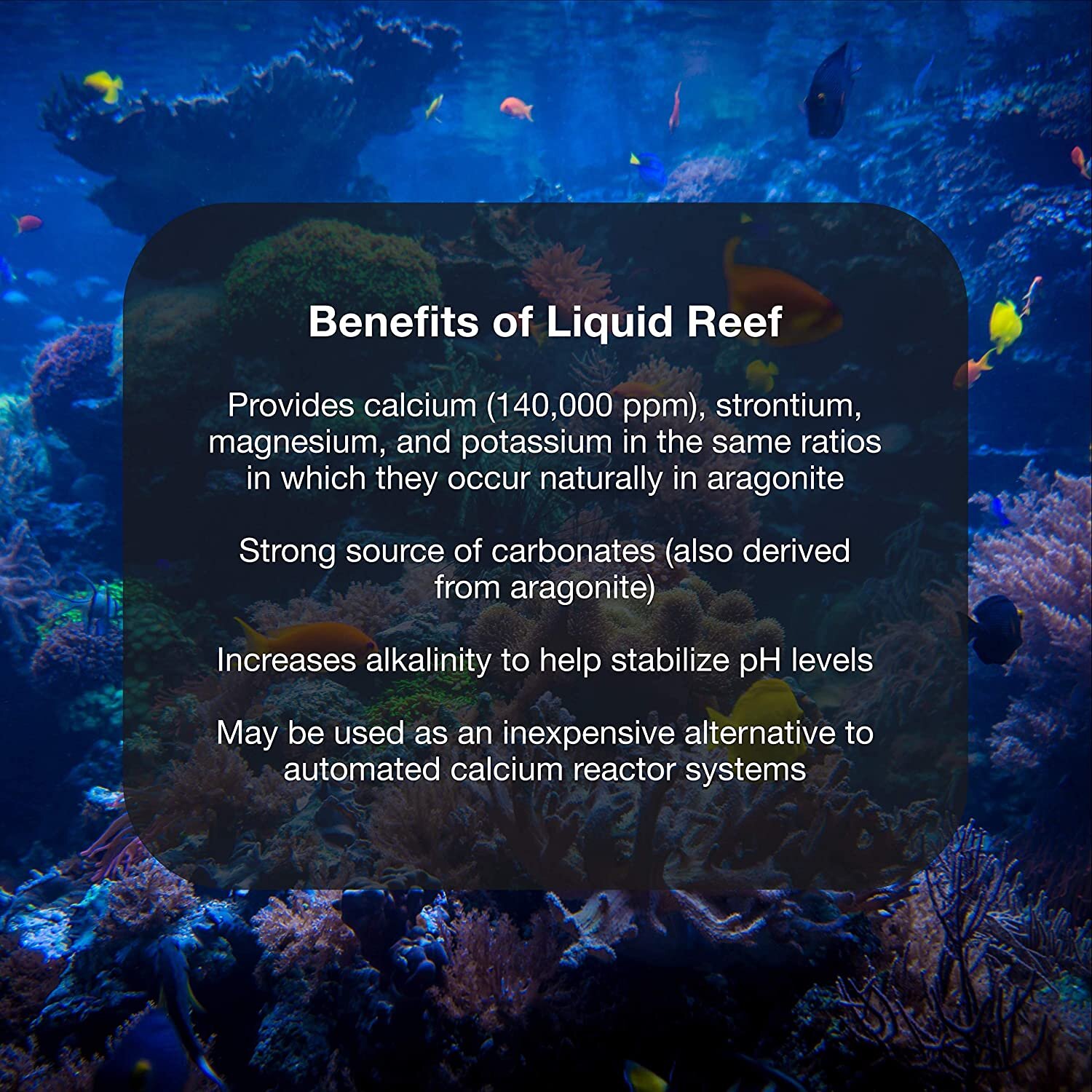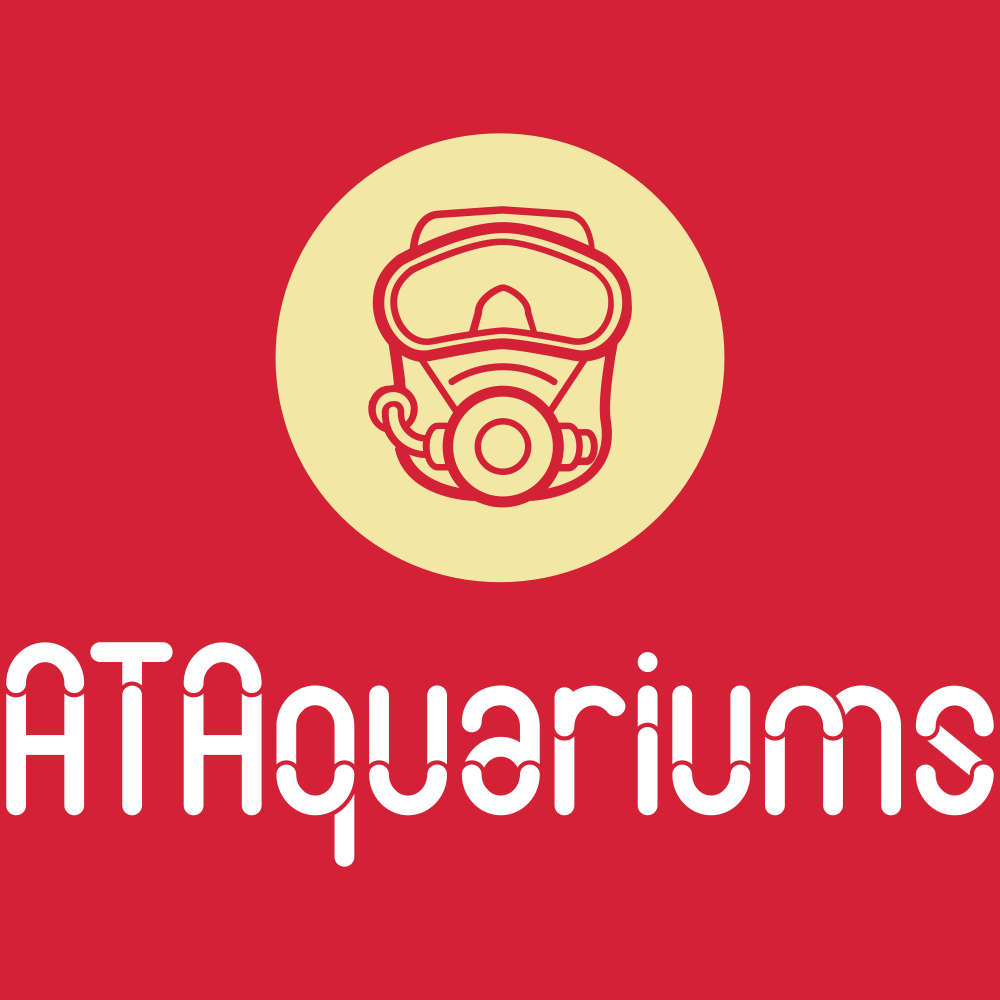 Image 1 of 3
Image 1 of 3

 Image 2 of 3
Image 2 of 3

 Image 3 of 3
Image 3 of 3




Brightwell Aquatics Liquid Reef 500ML- Concentrated Reef Builder for Coralline Algae, Corals, Clams & Other Marine Invertebrates
Complete source of the elements and molecules that are directly used by corals, clams, and other reef-building invertebrates and organisms to create skeletal material and grow
Provides calcium (140 000 ppm) strontium magnesium and potassium in approximately the same ratios in which they occur in aragonite
Very strong source of carbonates (derived from aragonite)
Increases alkalinity to help stabilize pH
Free of phosphate, silicate, and organic material. May be used as an inexpensive alternative to automated calcium reactor systems
Brightwell Aquatics Liquid Reef has twice the calcium relative to carbonates as compared to natural aragonite, making it a very powerful calcium source. The active components of Liquid Reef are provided by a combination of sources and include natural aragonite, increasing the solubility of the solution and the effectiveness of the method. Silicate- and phosphate-free. Examples of reef-building organisms familiar to hobbyists are: stony corals and their allies; molluscs including clams (bivalves) and snails (gastropods); tube worms that secrete calcareous burrows; and calcareous algae such as coralline, Halimeda, and Penicilus. These organisms require that the components of aragonite be in adequate concentrations if they are to thrive, regardless of how perfect the remainder of their environment is. The advantage to this method of supplementation is that one product may be used to establish and maintain water parameters conducive to reef formation. Note that target ion-specific supplementation may be called for in some aquaria, depending upon stocking density of reef-building organisms and environmental conditions within the system. Additionally, hobbyists may choose to use Liquid Reef in conjunction with other methods of calcium, strontium, magnesium, and carbonate supplementation as a means of diversifying their dosing routine. The rate at which calcium and carbonates are extracted from the water is determined by the stocking density of reef-building livestock, type of lighting, and other conditions; therefore, each aquarium will have different requirements for the rate of supplementation. Aragonite composition is seen to vary slightly between regions; the specific ratios of target ions in Liquid Reef are based upon data available for aragonite originating in the Tropical Atlantic.
Complete source of the elements and molecules that are directly used by corals, clams, and other reef-building invertebrates and organisms to create skeletal material and grow
Provides calcium (140 000 ppm) strontium magnesium and potassium in approximately the same ratios in which they occur in aragonite
Very strong source of carbonates (derived from aragonite)
Increases alkalinity to help stabilize pH
Free of phosphate, silicate, and organic material. May be used as an inexpensive alternative to automated calcium reactor systems
Brightwell Aquatics Liquid Reef has twice the calcium relative to carbonates as compared to natural aragonite, making it a very powerful calcium source. The active components of Liquid Reef are provided by a combination of sources and include natural aragonite, increasing the solubility of the solution and the effectiveness of the method. Silicate- and phosphate-free. Examples of reef-building organisms familiar to hobbyists are: stony corals and their allies; molluscs including clams (bivalves) and snails (gastropods); tube worms that secrete calcareous burrows; and calcareous algae such as coralline, Halimeda, and Penicilus. These organisms require that the components of aragonite be in adequate concentrations if they are to thrive, regardless of how perfect the remainder of their environment is. The advantage to this method of supplementation is that one product may be used to establish and maintain water parameters conducive to reef formation. Note that target ion-specific supplementation may be called for in some aquaria, depending upon stocking density of reef-building organisms and environmental conditions within the system. Additionally, hobbyists may choose to use Liquid Reef in conjunction with other methods of calcium, strontium, magnesium, and carbonate supplementation as a means of diversifying their dosing routine. The rate at which calcium and carbonates are extracted from the water is determined by the stocking density of reef-building livestock, type of lighting, and other conditions; therefore, each aquarium will have different requirements for the rate of supplementation. Aragonite composition is seen to vary slightly between regions; the specific ratios of target ions in Liquid Reef are based upon data available for aragonite originating in the Tropical Atlantic.
Complete source of the elements and molecules that are directly used by corals, clams, and other reef-building invertebrates and organisms to create skeletal material and grow
Provides calcium (140 000 ppm) strontium magnesium and potassium in approximately the same ratios in which they occur in aragonite
Very strong source of carbonates (derived from aragonite)
Increases alkalinity to help stabilize pH
Free of phosphate, silicate, and organic material. May be used as an inexpensive alternative to automated calcium reactor systems
Brightwell Aquatics Liquid Reef has twice the calcium relative to carbonates as compared to natural aragonite, making it a very powerful calcium source. The active components of Liquid Reef are provided by a combination of sources and include natural aragonite, increasing the solubility of the solution and the effectiveness of the method. Silicate- and phosphate-free. Examples of reef-building organisms familiar to hobbyists are: stony corals and their allies; molluscs including clams (bivalves) and snails (gastropods); tube worms that secrete calcareous burrows; and calcareous algae such as coralline, Halimeda, and Penicilus. These organisms require that the components of aragonite be in adequate concentrations if they are to thrive, regardless of how perfect the remainder of their environment is. The advantage to this method of supplementation is that one product may be used to establish and maintain water parameters conducive to reef formation. Note that target ion-specific supplementation may be called for in some aquaria, depending upon stocking density of reef-building organisms and environmental conditions within the system. Additionally, hobbyists may choose to use Liquid Reef in conjunction with other methods of calcium, strontium, magnesium, and carbonate supplementation as a means of diversifying their dosing routine. The rate at which calcium and carbonates are extracted from the water is determined by the stocking density of reef-building livestock, type of lighting, and other conditions; therefore, each aquarium will have different requirements for the rate of supplementation. Aragonite composition is seen to vary slightly between regions; the specific ratios of target ions in Liquid Reef are based upon data available for aragonite originating in the Tropical Atlantic.

